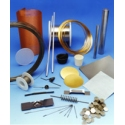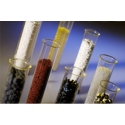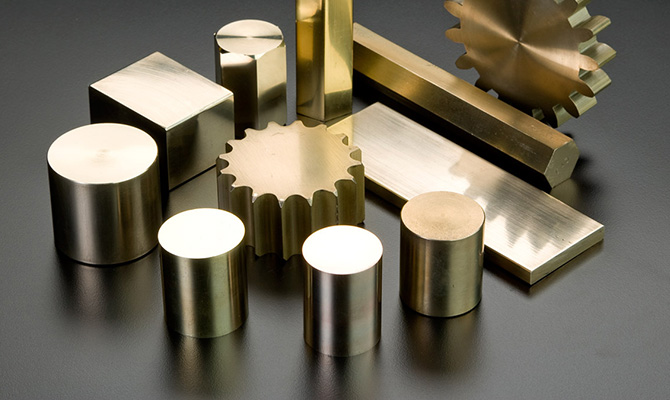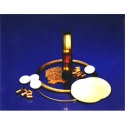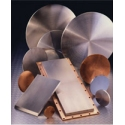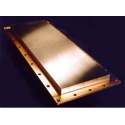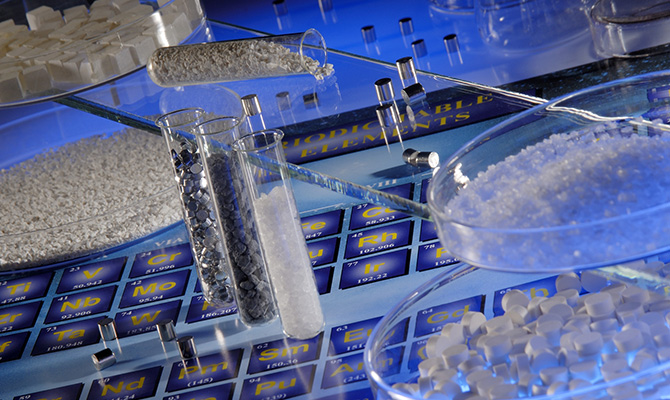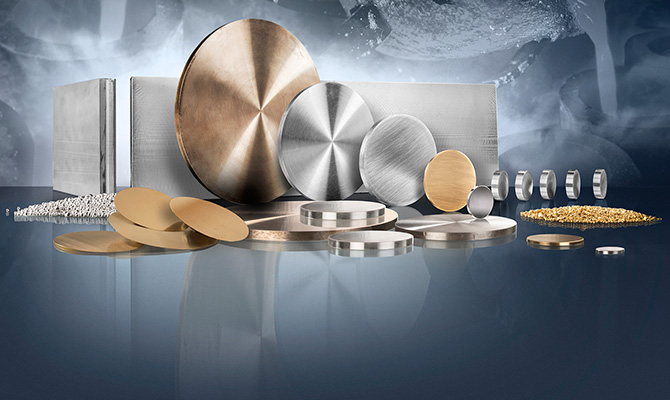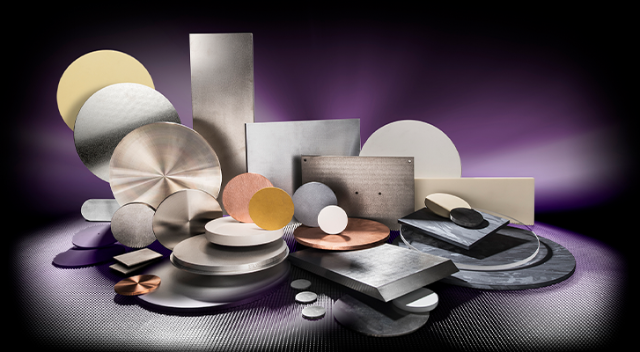The Benefits of Target Bonding
10 July 2023
Testbourne offers a complimentary target bonding service using various metallic or silver epoxy techniques, including indium-based metallic bonding, elastomer bonding, and supplying silver-based epoxy bonding kits.
What is Target Bonding?
Target bonding, in relation to sputtering targets, refers to the process of attaching the sputtering target material to the backing plate of a sputtering system. This helps to shield the sputtering targets from warping, cracking, and other damages during the sputtering process. The layer of bond creates a suitable interface to allow transfer of heat from the target surface via the backing plate which is being water cooled.
Why is Target Bonding Used?
Target bonding is used in sputtering to ensure the stability, efficiency, and longevity of the sputtering process. It is necessary to prevent the sputtering target material from vibrating or moving during the sputtering process, which could lead to uneven deposition of the material onto the substrate, leading to poor-quality films.
The bonding process can also enhance the thermal conductivity between the target material and the backing plate, allowing for higher heat dissipation during the sputtering process, and help prevent cracking. This process can also improve electrical conductivity, leading to more effective sputtering and improved film deposition.
Methods of Target Bonding
Testbourne offers two different types of target bonding, depending on the specific requirements of the sputtering process and application, as well as the properties of the sputtering target and backing plate materials.
1. Indium Bonding
Indium has very good thermal and electrical conductivity, its temperature is rated to ~150 oC.
Indium allows easier separation of the target from backing plate after use so backing plate can be reused.
2. Elastomer Bonding
Elastomer bonding is suitable for high-temperature applications as it provides good vibration-dampening and thermal expansion properties. This is an excellent alternative to Indium bond when melts during sputtering. Our elastomer is rated to 270 v. Elastomer allows more fragile targets, low melting point materials to be bonded and lowering the risk of breakages.
6 Benefits of Target Bonding
Target bonding plays a critical role in the performance and reliability of sputtering targets and there are several benefits associated with this.
1. Enhanced Target Stability
During the sputtering process, target bonding can enhance the mechanical stability of the sputtering target and prevent vibrations or movements, which could lead to inconsistent film thickness and poor film quality.
2. Improved Heat Transfer
For bonding you would use thinner sputtering targets which allows the material to transfer heat quicker to the backing plate, as well as save on costs on materials.
Effective target bonding helps in the prevention of thermal stress and cracking, which can significantly impact the product lifespan.
3. Better Electrical Conductivity
Improved electrical conductivity between the sputtering target and power supply is an additional benefit of appropriate target bonding, resulting in enhanced sputtering efficiency and superior film deposition.
4. Longer Target Lifetime
High-quality target bonding can extend the lifetime of a sputtering target, reducing the frequency of needing to replace the target and associated downtime.
Ceramics targets are prone to cracking due to thermal shock, however, when bonded the cracked sections stay attached and can continued to be used. Bonding also helps to prevent warping.
5. Consistent Film Deposition
A well-bonded sputtering target can produce a more uniform deposition rate, leading to improved film thickness control and the overall quality of the film.
6. Improved R&D Capabilities
Bonding allows larger sizes to be produced where it is technical impossible to make single section designs.
Inclusive Services
At Testbourne, our objective is to provide efficient, superior services with full technical support to all our customers. We have the facilities to cater for small volume R&D requirements through to large-scale mass production quantities, while still maintaining the highest quality product. If you have any questions about the various services and products we offer, please get in touch with our expert team and we would be happy to help.


